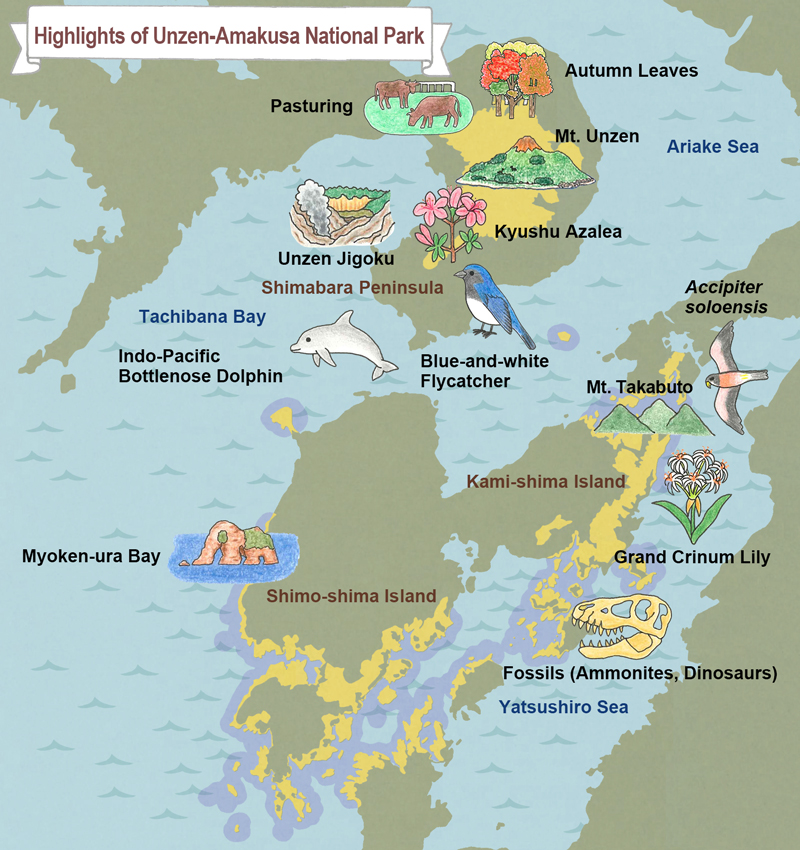- MOE
- National Parks of Japan
- Unzen-Amakusa National Park
- Guide of Highlights
main body
Highlights of Unzen-Amakusa National Park
Mt. Unzen Viewing from the Sea
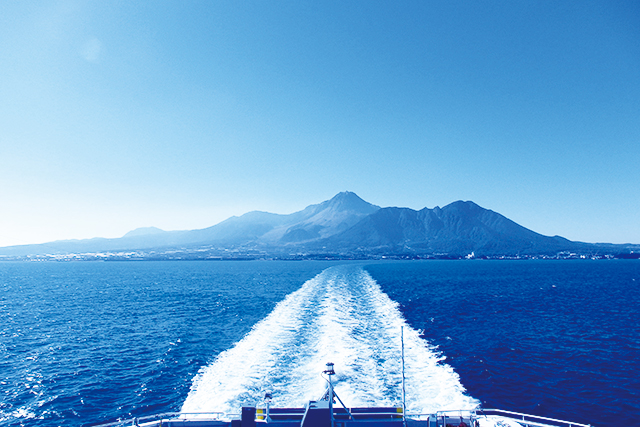
Mt. Unzen Viewing from the Sea
Surrounded by the waters on three sides, visitors can appreciate the elegant silhouette created by the floating Mt. Unzen over the sea from the shores and ferry routes. The silhouette appears differently depending on a direction, where visitors can totally immerse themselves in diverse panoramic views from all directions (360 degrees).
Pasturing

Pasturing
On the north face of Mt. Unzen, Oku-Unzen/Tashirobaru, and in "Makibanosato Azuma," Oku-Unzen/Tashirobaru, Makibanosato Azuma located on the north face of Mt. Unzen are the sites to find the remnants of pasturelands that used to cover the stretch of Mt. Unzen.
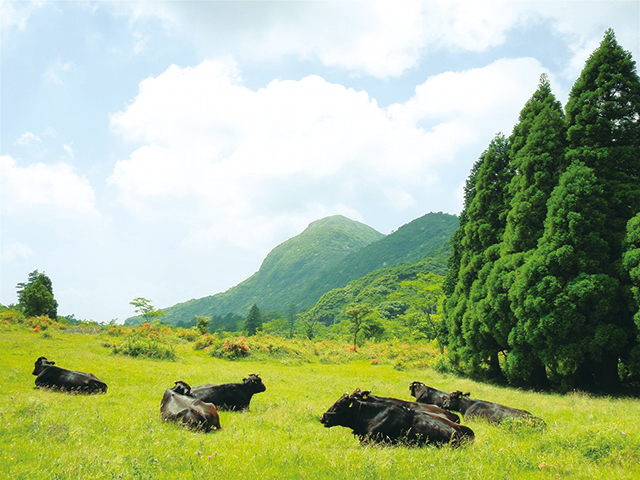
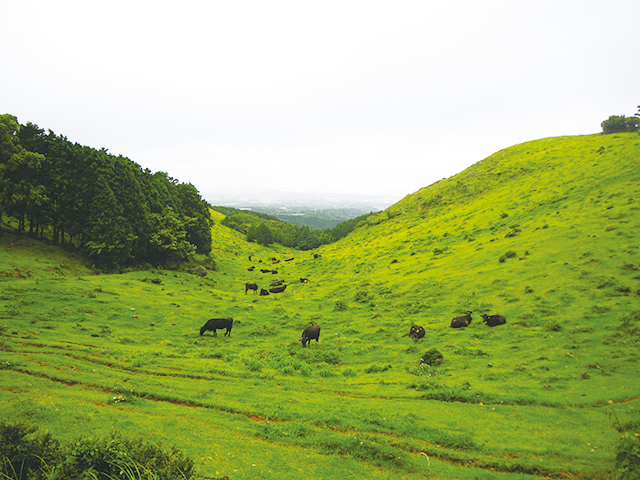
Mt. Mayu-yama at Shimabara
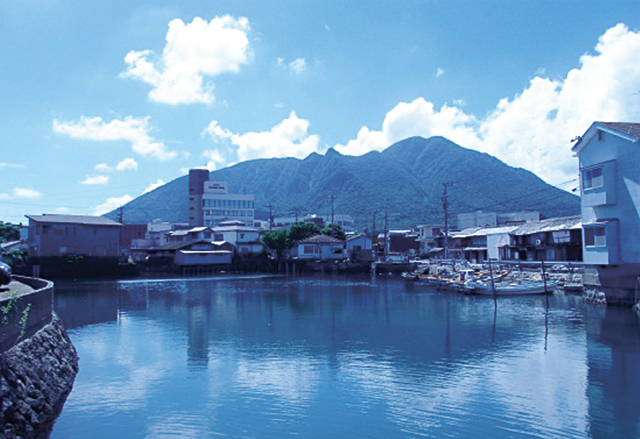
Mt. Mayu-yama at Shimabara
Mt. Mayu-yama at the east end of Mt. Unzen stands as if it were a folding screen in the backdrop of the Shimabara town. Honored as the blessings from a landslide that occurred during the Edo era, the area boasts its abundance of spring water and hot spring (Shimabara Onsen) along with excellent fishing grounds and harbors.
The Sea and Mt. Unzen, Viewed from the Periphery of the Nita Pass
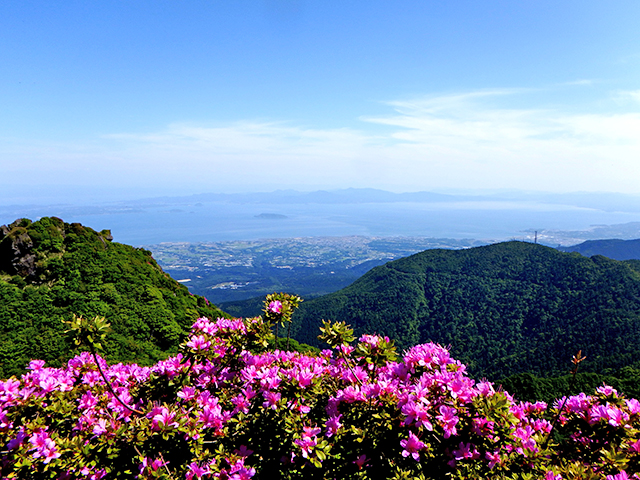
The Sea and Mt. Unzen, Viewed from the Periphery of the Nita Pass
Situated in the heart of the Shimabara Peninsula, the upper portion of Mt. Unzen is the Nita Pass Observatory, which is the base of mountaineering and the starting point of a ropeway gondola. Visitors are fascinated by the panoramic sceneries of the sea and Mt. Unzen to be savored from a mountain trail and ropeway gondola.
Mt. Unzen

Mt. Unzen
Referred generally to more than 20 mountains including Mt. Fugen, and Mt. Myoken. "The Terraqueous Panorama" comprised of three seas and Mt. Unzen. This is the central theme of the Park. Pleasing the eyes of visitors through the seasons with Rhododendron kiusianum covering the mountains in May, and the red leaves of fall.
Unzen Jigoku
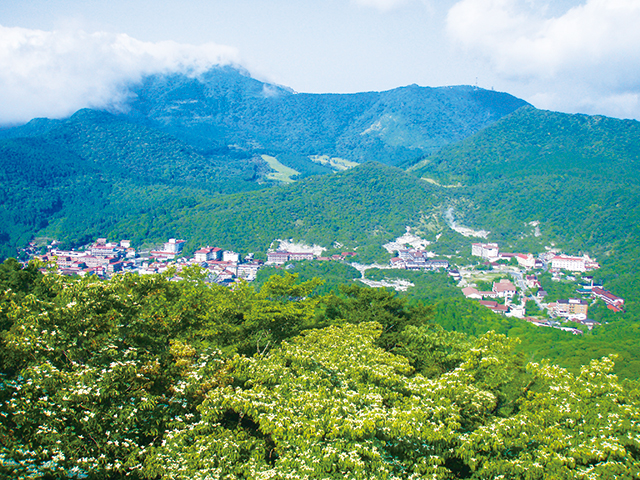
Unzen Jigoku
Nestled along the hillside, the Unzen Onsen, where the name Mt. Unzen was derived from, is a site where hot spring water gushes out along with volcanic gas in Unzen Jigoku.The crest of Mt. Kinugasa- affords a full view of the Unzen Onsen Town centering around Unzen Jigoku.
Mt. Takaiwa at Minami-Shimabara
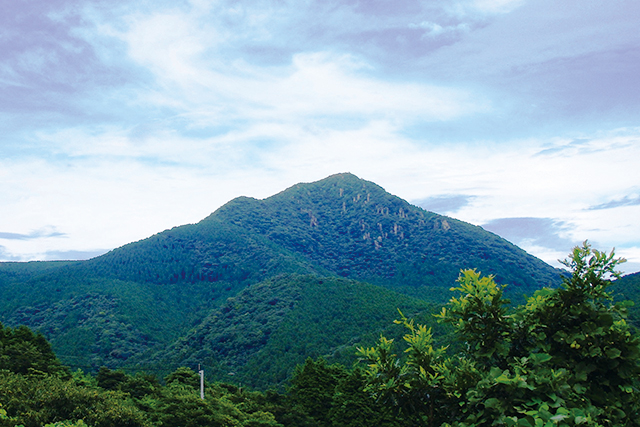
Mt. Takaiwa at Minami-Shimabara
Mt. Takaiwa at the south end of Mt. Unzen is a well-known scenic spot to savor a spectacular panoramic view of the mountain landscape of Mt. Unzen, townscape in Minami-Shimabara, Ariake Sea and the Amakusa Islands. It is also the mountain that abounds with a folk story, the legend of the giant Misogoro, who is regarded as the incarnation of Mt. Unzen.
Suwano-ike Pond with the Reflection of Mt. Unzen
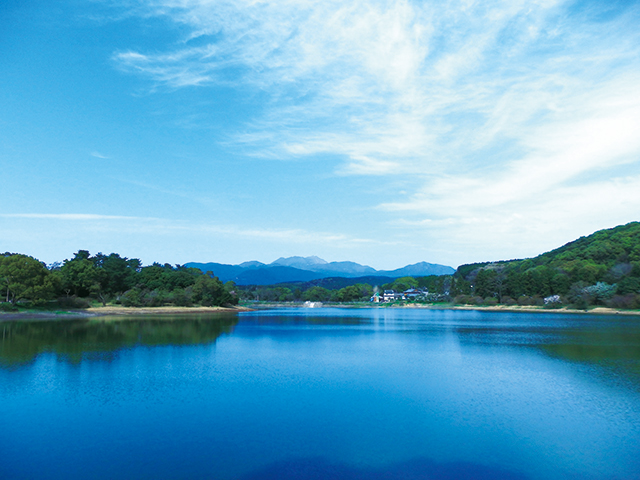
Suwano-ike Pond with the Reflection of Mt. Unzen
The Suwano-ike Pond is the largest agricultural irrigation pond on the peninsula that was built during the Edo era by utilizing the fault topography, and it is like a mirror reflecting the silhouette of Mt. Unzen. Situated adjacent to the Obama Onsen, it is surrounded by terraced farmlands spreading across the area. At the edge of the pond is a campground where visitors can interact with the nature found in Satochi, a community-based forest area, at a close distance.
Cape Magari

Cape Magari
Nestled on a land-tied island sticking out of Shimo-shima Island, it is the area where a magnificent sand spit spreads out. The periphery presents rocky shores and the underwater is inhabited by the brightly-colored Alcyonacean soft corals and schools of colorful fish.
Mt. Takabuto (a prospect from the observatory)

Mt. Takabuto (a prospect from the observatory)
There is an observatory that affords a panoramic view of the archipelagic seascape and the scenes at dusk are especially breathtaking and famous. Also, the sharp mountain ridges extending from Mt. Takabuto to Mt. Ryugatake are also called the Kankai Alps for its dynamic appearance rising from the sea.
Mt. Jiromaru (A prospect viewed from near the crest)

Mt. Jiromaru (A prospect viewed from near the crest)
Along with Mt. Taromaru in the north, the Jiromaru is known as the magnificent mountains of Amakusa for the appearance of a triangular pyramid with the eastern face of the mountain plunged perpendicularly and the assemblage of gigantic sandstone stones at the crest. The mountaintop commands an extensive prospect of the Ariake Sea and Mt. Unzen.
Fossils (Ammonites, Dinosaurs)
Fossils (Ammonites, Dinosaurs)
Goshonoura Island, located in the south of the Amakusa Islands, is formed from a stratum from the Cretaceous Period. Ammonites and dinosauer fossils have been found throughout the island.
Myoken-ura Bay

Photo by Amakusa Treasure Island Tourisum
Association
Association
Myoken-ura Bay
The western coast of Shimo-shima Island is lined with cave mouths and cliffs rising straight up to provide a majestic seascape. Above all, the Myoken-iwa rock in Myoken-ura Bay is famous for its shape that gives the appearance of an elephant when viewed from the south.
Ogase

Photo by Amakusa Treasure Island Tourisum
Association
Association
Ogase
There are a few dozen pillar-shaped reefs sticking out of the ocean along the western coast, exhibiting a distinct seascape. It is also a place to enjoy a splendid underwater landscape adorned with underwater rocks.
Sakitsu Church

Sakitsu Church
The Sakitsu Church bears historical evidence of the Christian faith. Though situated outside of the park zone, the church stands splendid on the corner along the complex ria coastline, giving a cultural touch to the natural landscape of the national park.
Wildlife & Plants
Grand Crinum Lily

Grand Crinum Lily
A member of the Amaryllis Family. In Japanese, it is called "hamaomoto" and is found in coastal areas. Resembles the Rohdea plant, and therefore, referred to as "Beach Rohdea." Resembles a white cloth (yu) used in Shinto devotions, and therefore, sometimes referred to as "Hama Yu." In Japanese, "hama" means "beach," so this literally means "white cloth of the beach."
Accipiter soloensis
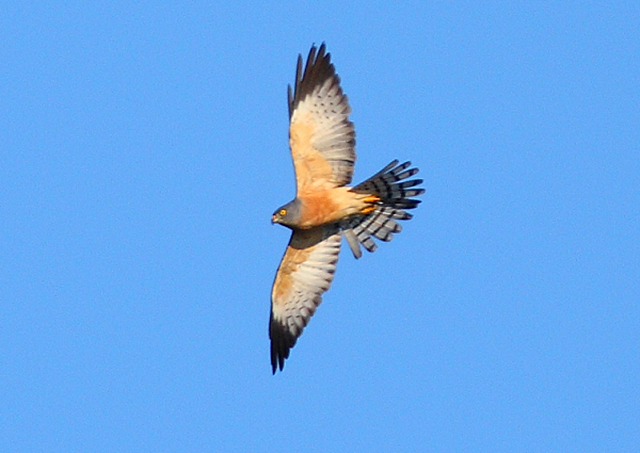
Accipiter soloensis
Breeding on the Korean Peninsula, the hundreds of thousands of the birds pass over the northwest of Kyushu in fall on their way to Southeast Asia.
Blue-and-white Flycatcher (Cyanoptila cyanomelana)

Blue-and-white Flycatcher (Cyanoptila cyanomelana)
These birds migrate to Japan in summer for breeding. Their calls can be heard in the peaks of Mt. Unzen between spring and summer. Characterized by beauty in both form and call. One of the three top songbirds of Japan.
Indo-Pacific Bottlenose Dolphin (Tursiops aduncus)
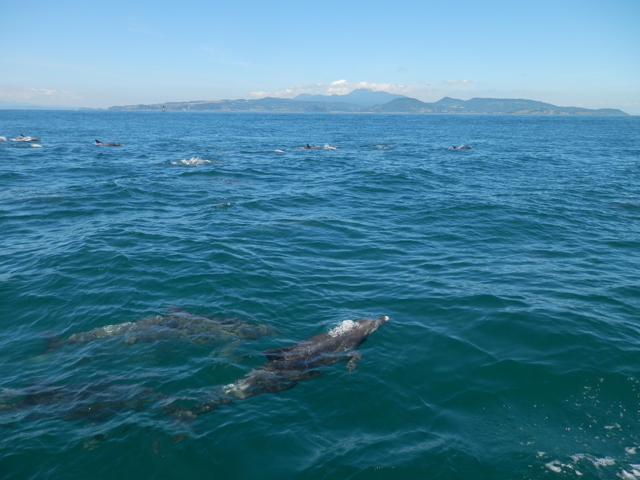
Indo-Pacific Bottlenose Dolphin (Tursiops aduncus)
Found in coastal areas of temperate zones in the northwest and southwest Pacific Ocean, and in the Indian Ocean. Found throughout the year in the sea between the Amakusa Islands and the Shimabara Peninsula. Dolphion watching is available.
